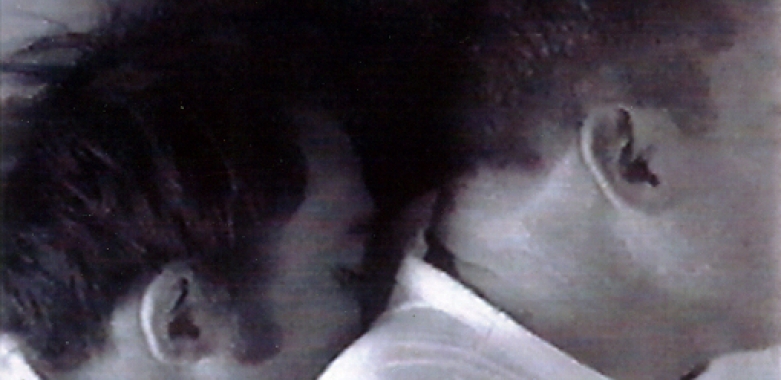The piece evokes the sentencing for sodomy, in 1735, of a homosexual couple composed of a black preacher from the Khoikhoi ethnic group and a white Dutch sailor. The case took place in the South African island of Robben, which two centuries later would house the penitentiary where Nelson Mandela and other anti-Apartheid activists were held captive. Here, the story of the interracial homosexual relationship runs parallel to the plot of the forbidden romance between Tristan and Isolde, made into an opera by Richard Wagner. The combination of Isolde’s tragic chant and the past of the infamous island serves as an emblem of South Africa’s early 1990s political opening. The Third Reich’s composer of choice and a notorious racist, Wagner made this story of eternal love – which transcended even death – into a landmark of 20th century musical evolution. The video questions the standards of memory building and the difficulty in bringing trajectories submerged under official accounts to the surface. It is part of the Memorials without Facts multimedia series, initiated in 1996 with the Men Loving installation, featured in the exhibition Fault Lines: Inquiries into Truth and Reconciliation, Castle of Good Hope, in Cape Town (1996), and regarded as a watershed in the process of retrieving the memory of all sorts of victims of the South African authoritarian regime. Obviously enough, homophobia is unveiled, a typical taboo in countries formerly ruled by regimes of exception or with an authoritarian colonial heritage.

